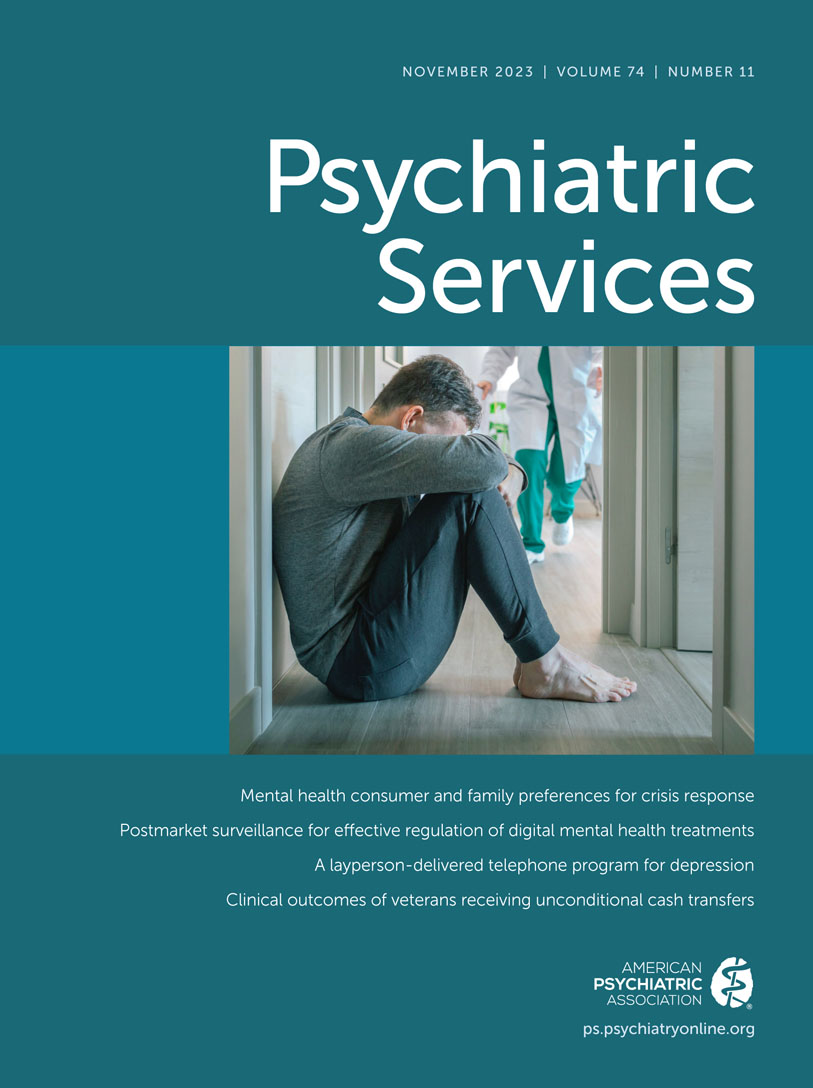Transitions in Prescription Benzodiazepine Use and Misuse and in Substance Use Disorder Symptoms Through Age 50
Abstract
Objective:
Prescription benzodiazepines are among the most commonly used and misused controlled medications. The authors aimed to examine transitions from medical use of prescription benzodiazepines to prescription benzodiazepine misuse, prescription opioid misuse, and substance use disorder symptoms during adulthood.
Methods:
Eleven national cohorts of U.S. 12th graders (N=26,575) were followed up from ages 18 (1976–1986) to 50 (2008–2018). Prescription benzodiazepine misuse, prescription opioid misuse, and substance use disorder symptoms were examined with prevalence estimates and multivariable logistic regression.
Results:
By age 35, 70.9% of respondents had not used or misused prescription benzodiazepines, 11.3% reported medical use only, 9.8% indicated both medical use and misuse, and 14.1% reported misuse only. In analyses adjusted for demographic and other characteristics, adults reporting only medical use of prescription benzodiazepines by age 35 had higher odds of later prescription benzodiazepine misuse (adjusted OR [AOR]=2.17, 95% CI=1.72–2.75) and prescription opioid misuse (AOR=1.40, 95% CI=1.05–1.86) than respondents ages 35–50 who never used prescription benzodiazepines. More frequent medical use of prescription benzodiazepines by age 35 was associated with increased risk for substance use disorder symptoms at ages 40–50. Any history of prescription benzodiazepine misuse by age 35 was associated with higher odds of later prescription benzodiazepine misuse, prescription opioid misuse, and substance use disorder symptoms, compared with no misuse.
Conclusions:
Prescription benzodiazepine use or misuse may signal later prescription drug misuse or substance use disorders. Medical use of prescription benzodiazepines by age 35 requires monitoring for prescription drug misuse, and any prescription benzodiazepine misuse warrants an assessment for substance use disorder.
Access content
To read the fulltext, please use one of the options below to sign in or purchase access.- Personal login
- Institutional Login
- Sign in via OpenAthens
- Register for access
-
Please login/register if you wish to pair your device and check access availability.
Not a subscriber?
PsychiatryOnline subscription options offer access to the DSM-5 library, books, journals, CME, and patient resources. This all-in-one virtual library provides psychiatrists and mental health professionals with key resources for diagnosis, treatment, research, and professional development.
Need more help? PsychiatryOnline Customer Service may be reached by emailing [email protected] or by calling 800-368-5777 (in the U.S.) or 703-907-7322 (outside the U.S.).



